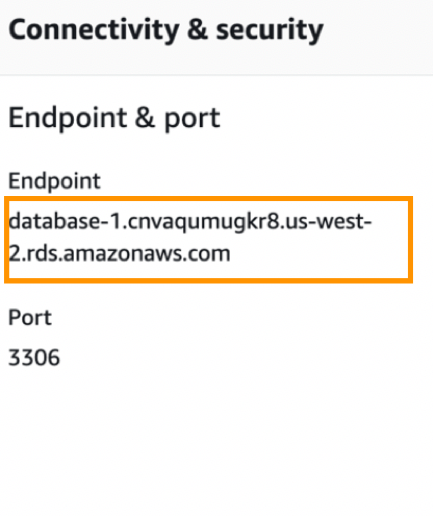AWS Compute Blog
Category: Amazon Lightsail
Enhancing site security with new Lightsail firewall features
This post is contributed by Mike Coleman, AWS Senior Developer Advocate – Lightsail Amazon Lightsail provides an easy way to get started with AWS for many customers. The service balances ease of use, security, and flexibility. The Lightsail firewall now offers additional features to help customers secure their Lightsail instances. This update offers three new […]
Using AWS CodeDeploy and AWS CodePipeline to Deploy Applications to Amazon Lightsail
This post is contributed by Mike Coleman | Developer Advocate for Lightsail | Twitter: @mikegcoleman Introduction Amazon Lightsail is the easiest way to get started in the cloud, allowing you to get your application running on your own virtual server in a matter of minutes. But, what do you do if you want to update […]
Using Load Balancers on Amazon Lightsail
This post was written by Robert Zhu, Principal Developer Advocate at AWS. As your web application grows, it needs to scale up to main performance and improve availability. A Load Balancer is an important tool in any developer’s tool belt. In this post, I show how to load balance a simple Node.js web application using […]
Building a Photo Diary on Amazon Lightsail with Ghost
This post was written by Robert Zhu, Principal Developer Advocate at AWS. Ghost is a simple and flexible alternative to WordPress. With Ghost, you can build a beautiful company website, personal portfolio, photo diary, or anything in between. In this post, I show you how to start a photo diary using Ghost on Amazon Lightsail, […]
Amazon Lightsail Database Tips and Tricks
This post is contributed by Mike Coleman | Developer Advocate for Lightsail | Twitter: @mikegcoleman Managed Databases on Amazon Lightsail are affordably priced, and incredibly easy to run. Lightsail databases offer a solid foundation on which to build your application. You can leverage attractive features like one-click high availability, automatic backups, and a choice of […]
Configuring and using monitoring and notifications in Amazon Lightsail
This post is contributed by Mike Coleman | Developer Advocate for Lightsail | Twitter: @mikegcoleman We recently announced the release of resource monitoring, alarms, and notifications for Amazon Lightsail. This new feature allows you to set alarm thresholds on your Lightsail instances, databases, and load balancers. When those alarm thresholds are breached, you can be […]
Deploying a highly available WordPress site on Amazon Lightsail, Part 4: Increasing performance and scalability with a Lightsail load balancer
This post is contributed by Mike Coleman | Developer Advocate for Lightsail | Twitter: @mikegcoleman This is the final post in a series about getting a highly available WordPress site up and running on Amazon Lightsail. For reference, the other blog posts are: Implementing a highly available Lightsail database with WordPress Using Amazon S3 with […]
Deploying a Highly available WordPress site on Amazon Lightsail, Part 3: Increasing security and performance using Amazon CloudFront
This post is contributed by Mike Coleman | Developer Advocate for Lightsail | Twitter: @mikegcoleman The previous posts in this series (Implementing a highly available Lightsail database with WordPress and Using Amazon S3 with WordPress to securely deliver media files), showed how to build a WordPress site and configure it to use Amazon S3 to serve […]
Deploying a highly available WordPress site on Amazon Lightsail, Part 1: Implementing a highly available Lightsail database with WordPress
This post is contributed by Mike Coleman | Developer Advocate for Lightsail | Twitter: @mikegcoleman This post walks you through what to consider when architecting a scalable, redundant WordPress site. It discusses how WordPress stores such elements as user accounts, posts, settings, media, and themes, and how to configure WordPress to work with a standalone […]
Building a pocket platform-as-a-service with Amazon Lightsail
This post was written by Robert Zhu, a principal technical evangelist at AWS and a member of the GraphQL Working Group. When you start a new web-based project, you need lightweight infrastructure that addresses your immediate needs. For my projects, I prioritize simplicity, flexibility, value, and on-demand capacity, and find myself quickly needing the following […]





